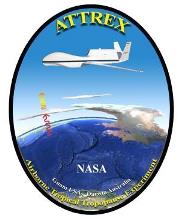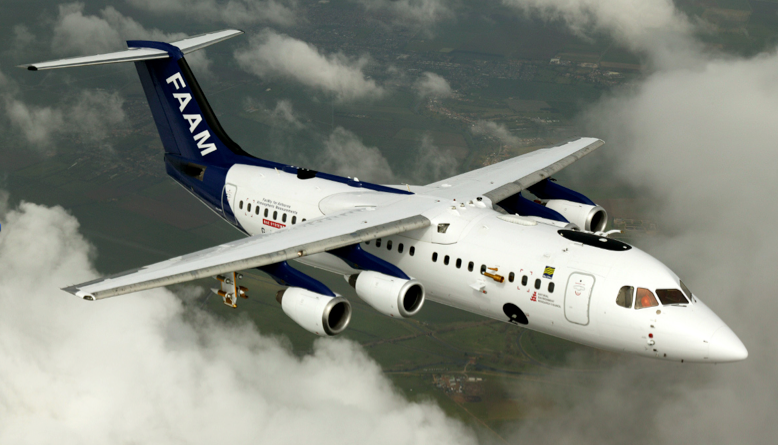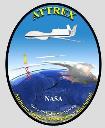ATTREX
 Despite its low concentration, stratospheric water vapor has large impacts on the earth’s energy budget and climate. Recent studies suggest that even small changes in stratospheric humidity may have climate impacts that are significant compared to those of decadal increases in greenhouse gases. Future changes in stratospheric humidity and ozone concentration in response to changing climate are significant climate feedbacks.
Despite its low concentration, stratospheric water vapor has large impacts on the earth’s energy budget and climate. Recent studies suggest that even small changes in stratospheric humidity may have climate impacts that are significant compared to those of decadal increases in greenhouse gases. Future changes in stratospheric humidity and ozone concentration in response to changing climate are significant climate feedbacks.
CAST
 The main focus of the programme will be to study the chemical and physical properties of the tropical tropopause layer (TTL) and their impacts in controlling the composition of the UTLS. Specifically the research mission will focus on the Western Pacific Warm Pool region. In addition convective transport of very short and long-lived chemical species will be measured together with tropospheric moist convective dynamic processes in this important but data sparse region. The research will be delivered in partnership with NASA through collaboration with the NASA Earth Venture ATTREX1 (Airborne Tropical Tropopause Experiment) mission deploying the NASA Global Hawk unmanned aerial vehicle (UAV). This project will be in support of the NERC programme “Observations and modelling of the tropical tropopause layer”.
The main focus of the programme will be to study the chemical and physical properties of the tropical tropopause layer (TTL) and their impacts in controlling the composition of the UTLS. Specifically the research mission will focus on the Western Pacific Warm Pool region. In addition convective transport of very short and long-lived chemical species will be measured together with tropospheric moist convective dynamic processes in this important but data sparse region. The research will be delivered in partnership with NASA through collaboration with the NASA Earth Venture ATTREX1 (Airborne Tropical Tropopause Experiment) mission deploying the NASA Global Hawk unmanned aerial vehicle (UAV). This project will be in support of the NERC programme “Observations and modelling of the tropical tropopause layer”.
For more information, please visit the project website
Dataset Documentation Requirements
CONTRAST Data Submission Instructions
Letter from the Project Manager
CONTRAST Digital Camera Images and Movie Notes
CONTRAST Project Manager Report
Quick Questions for CONTRAST PIs
CONTRAST Educational Resources

